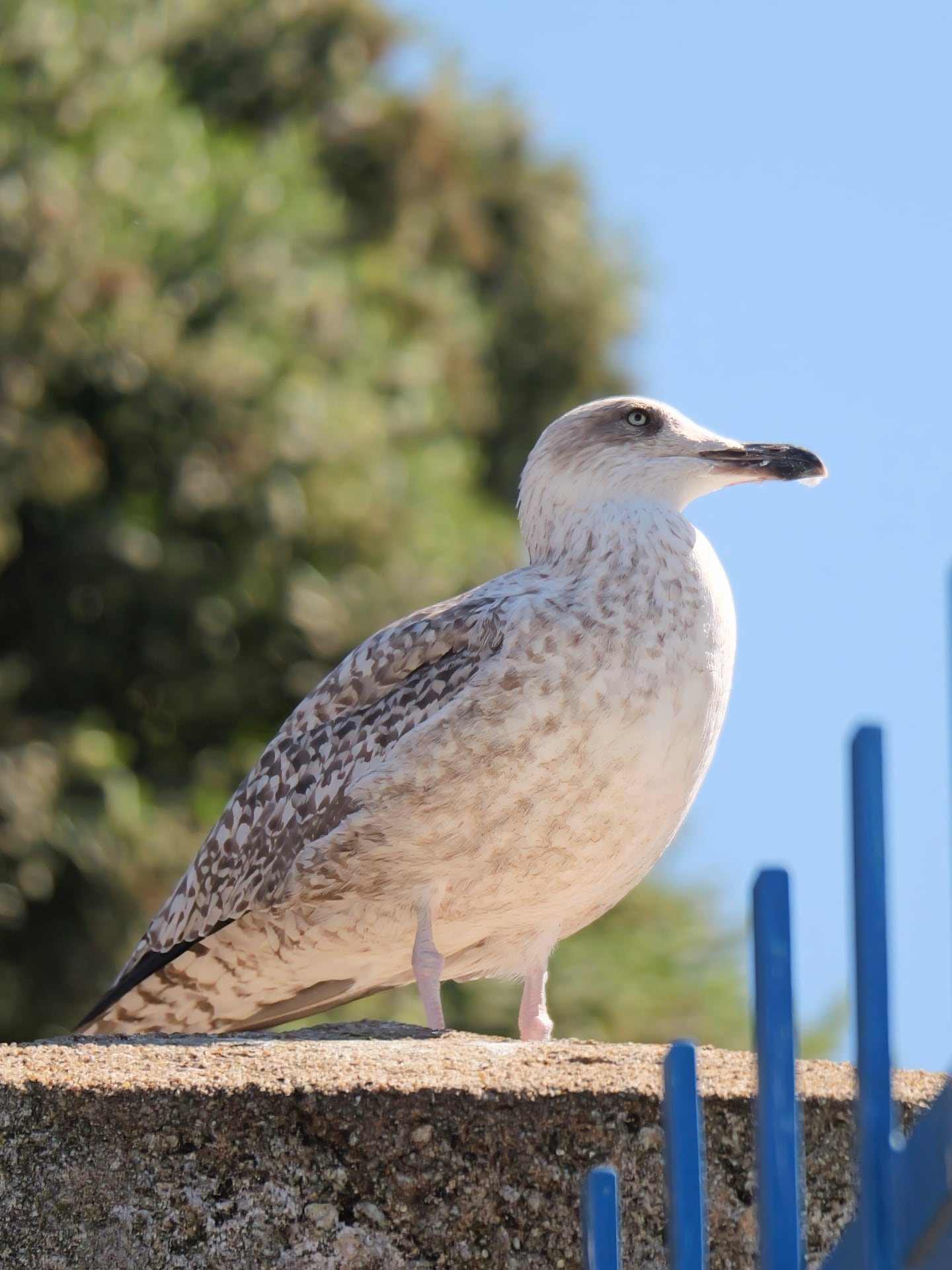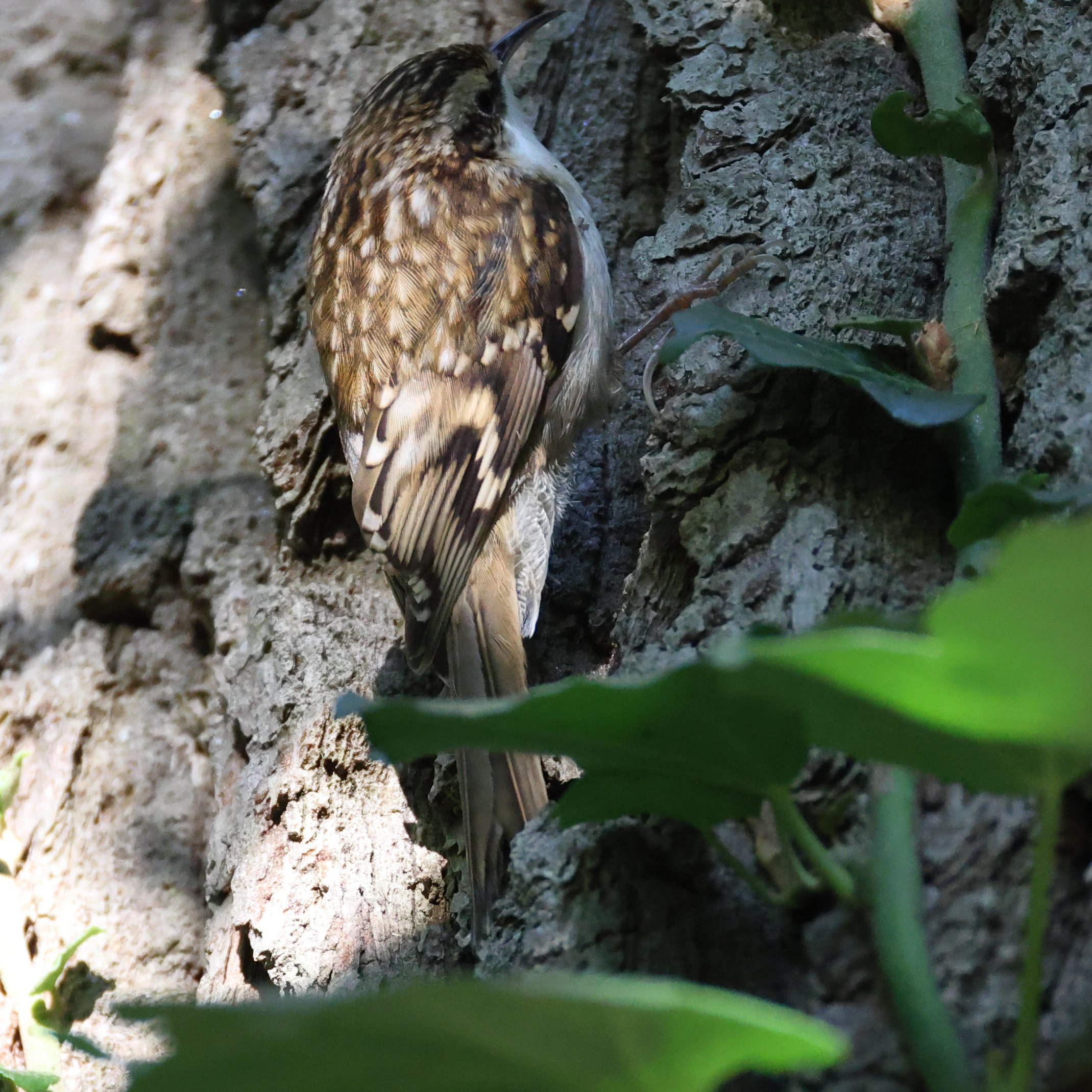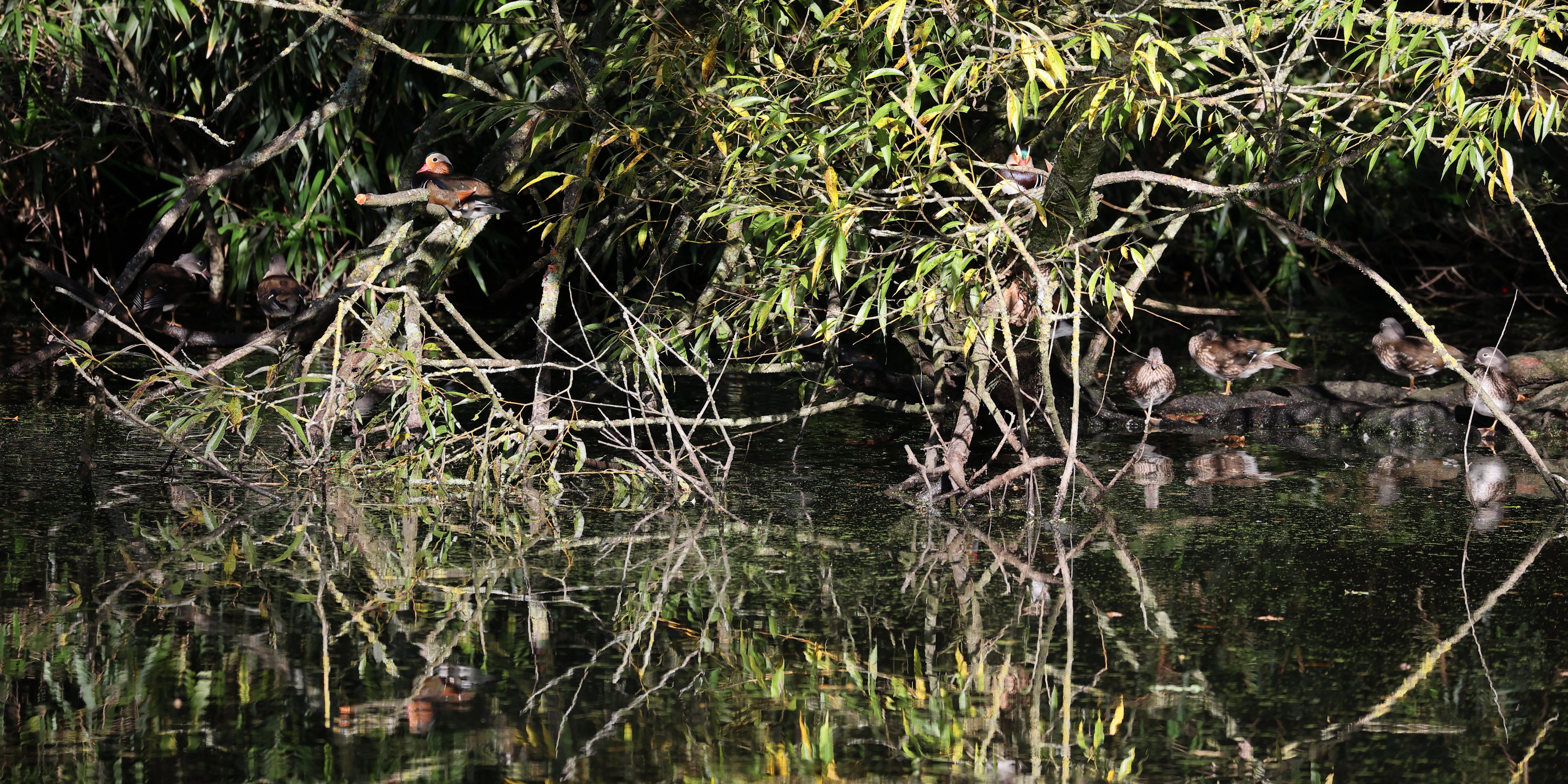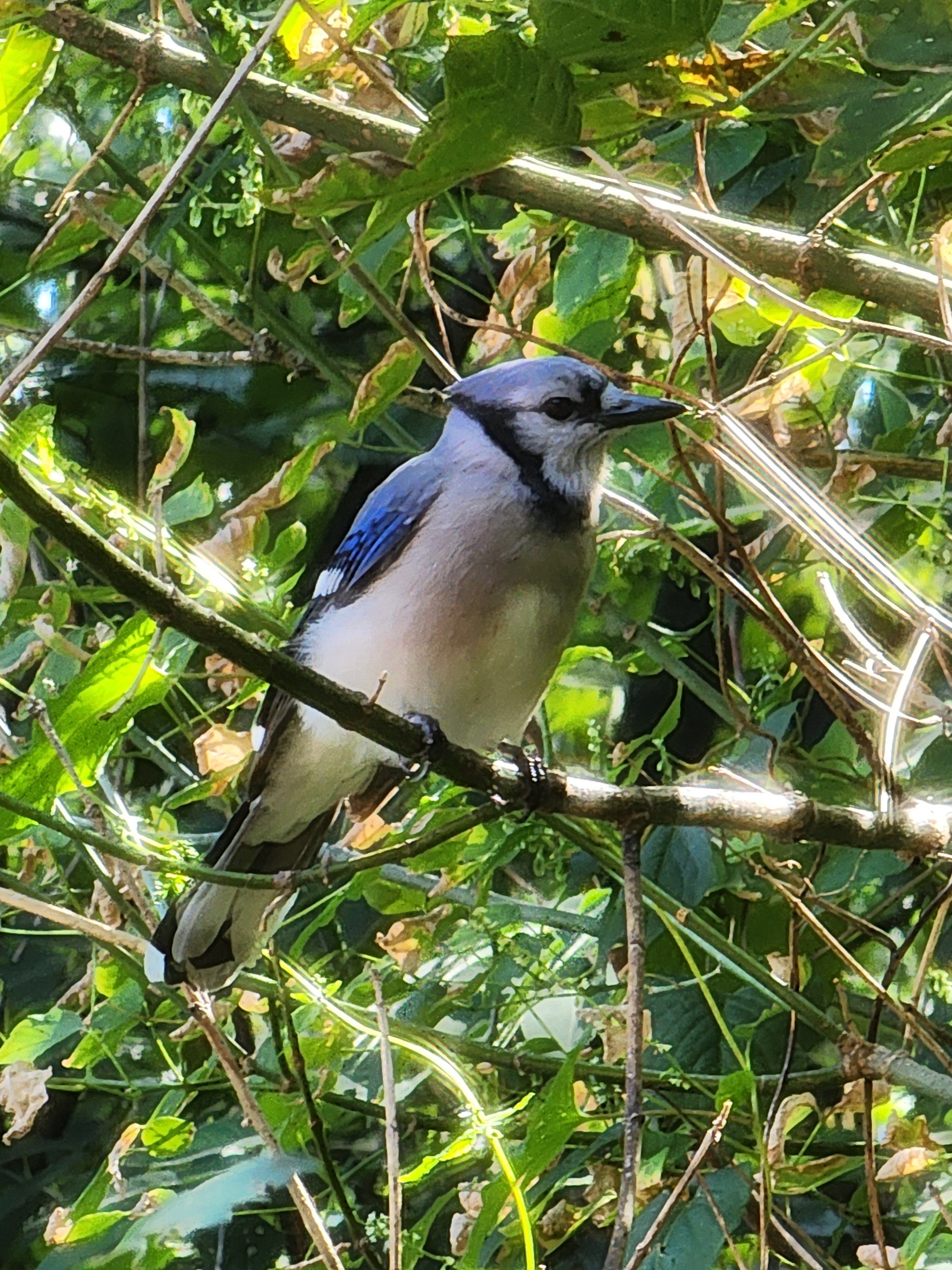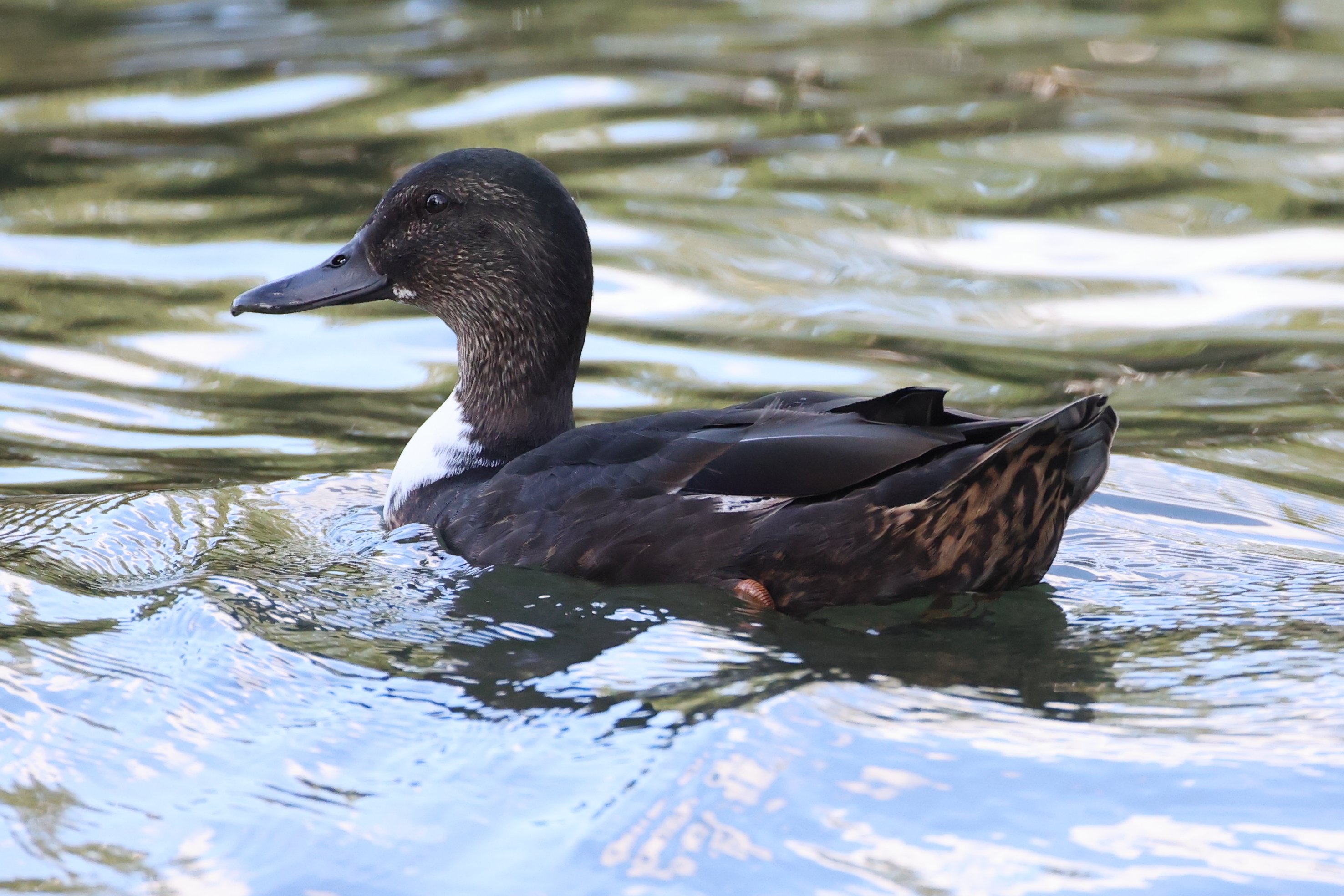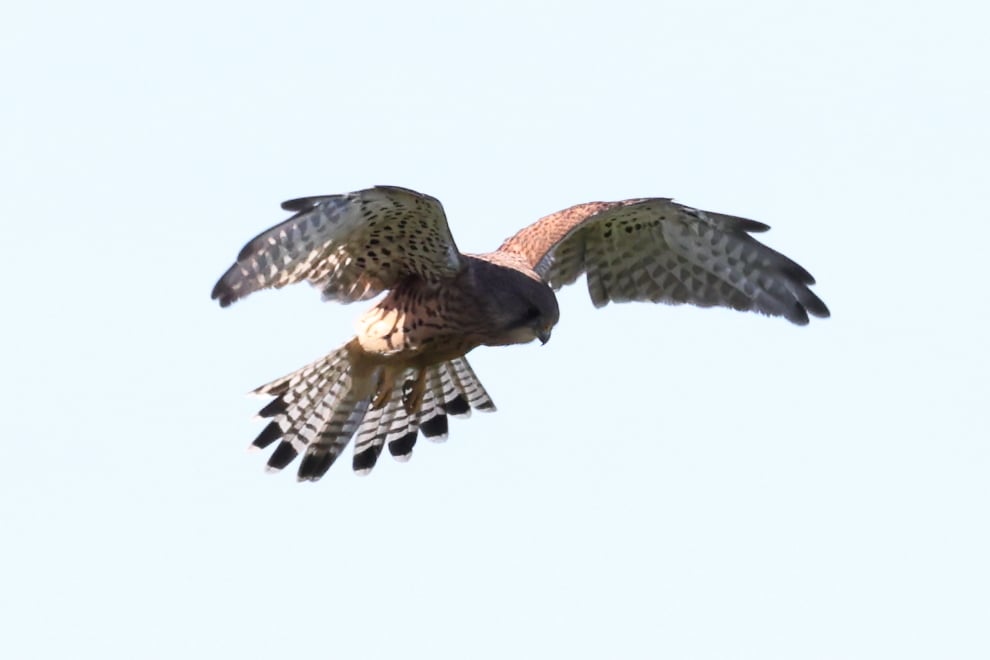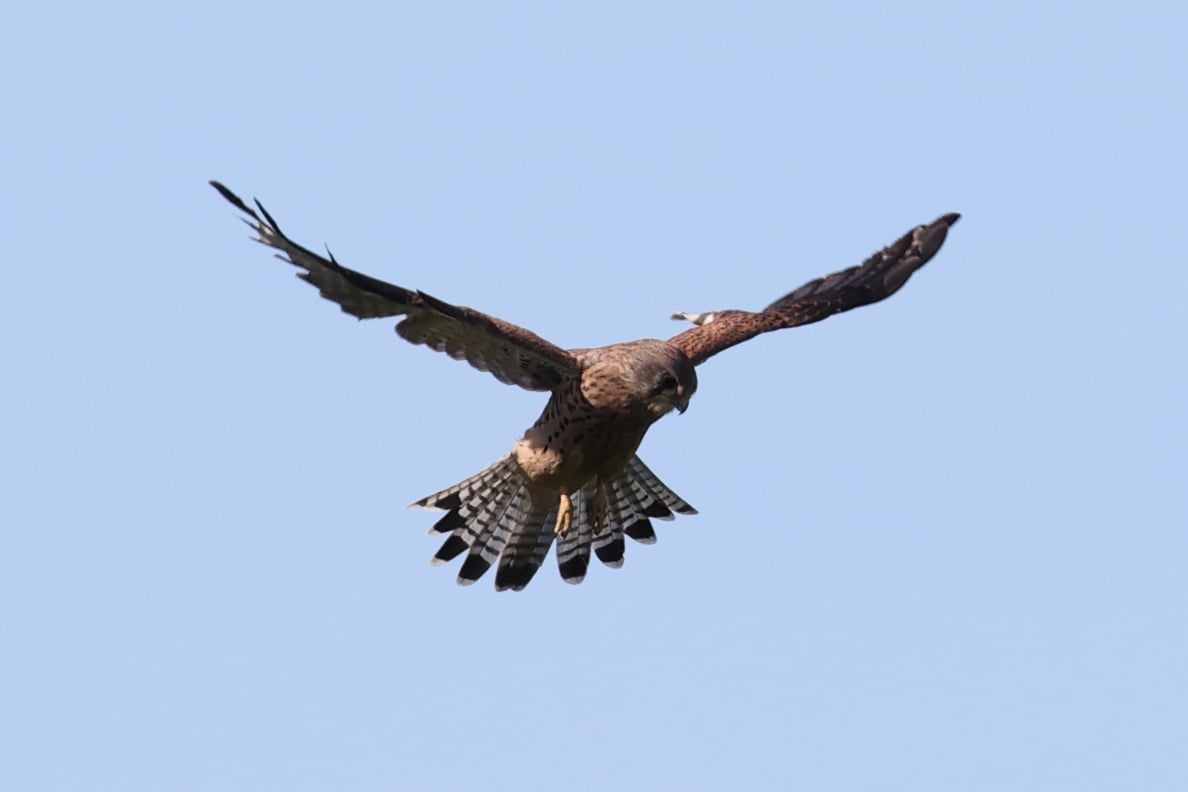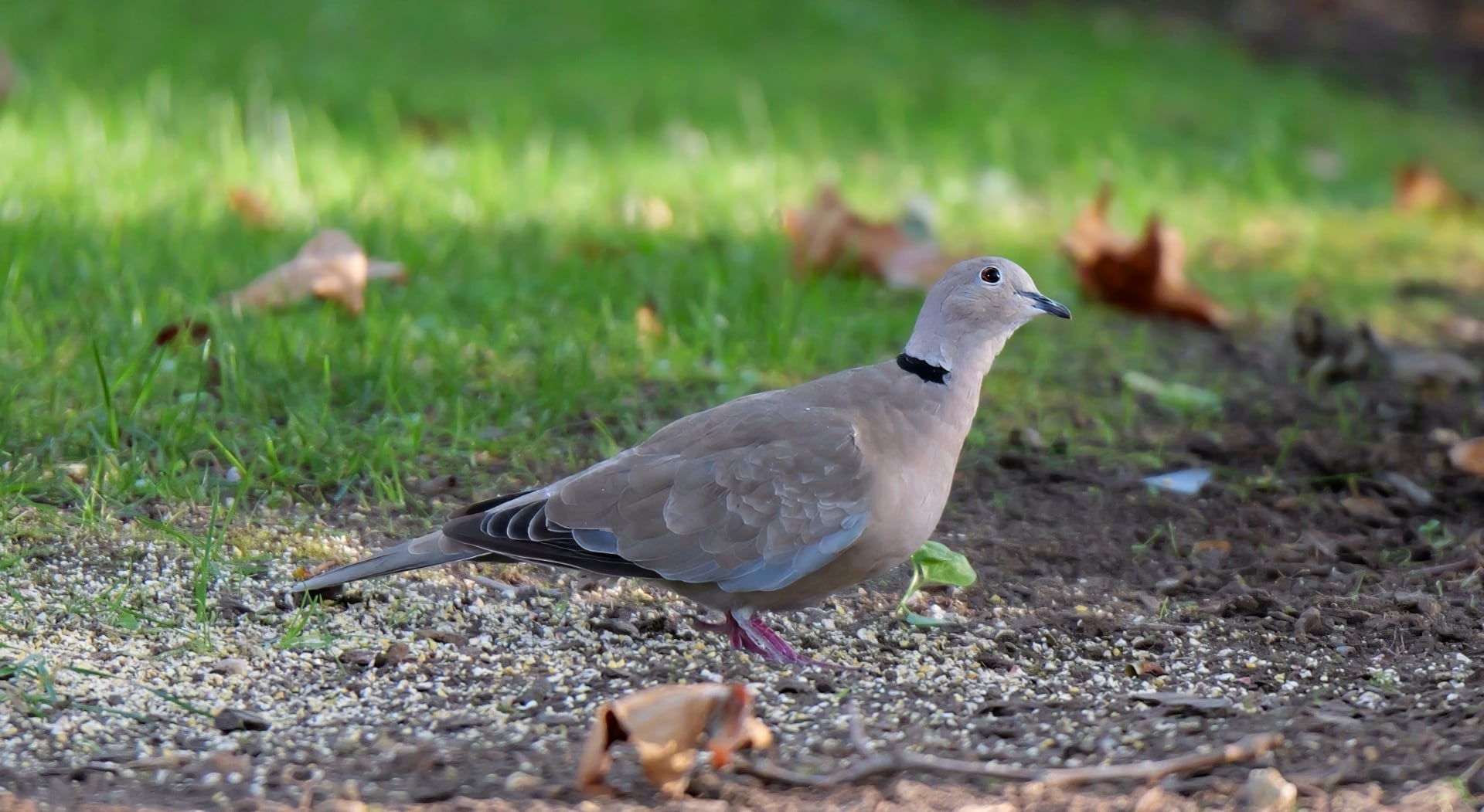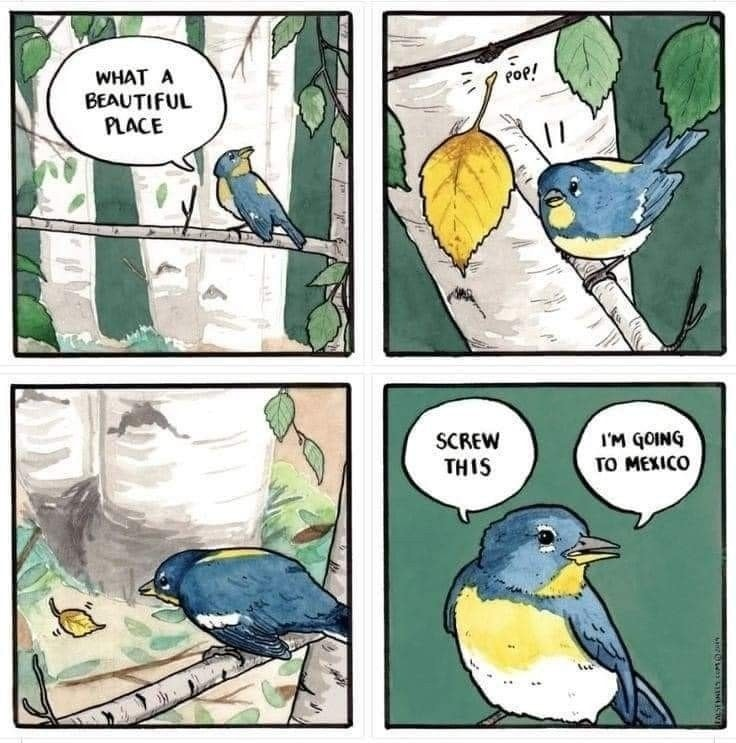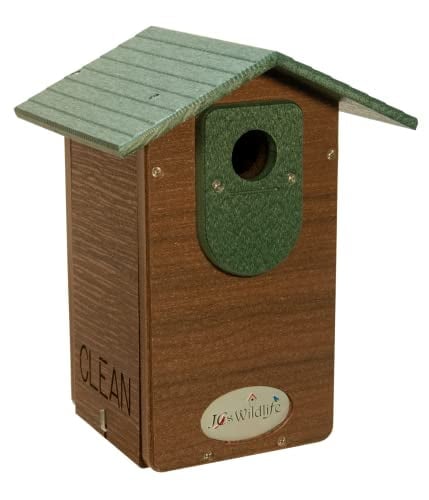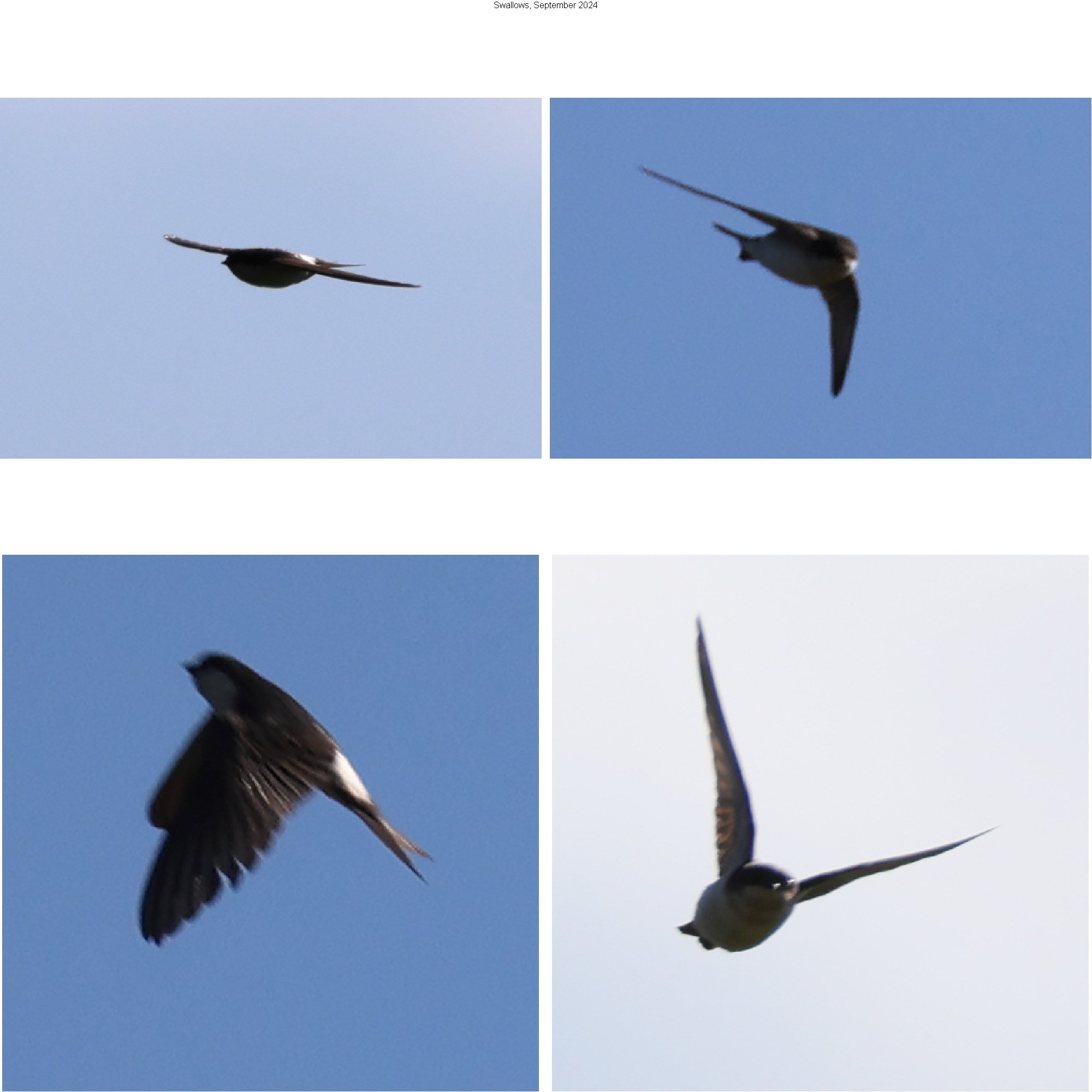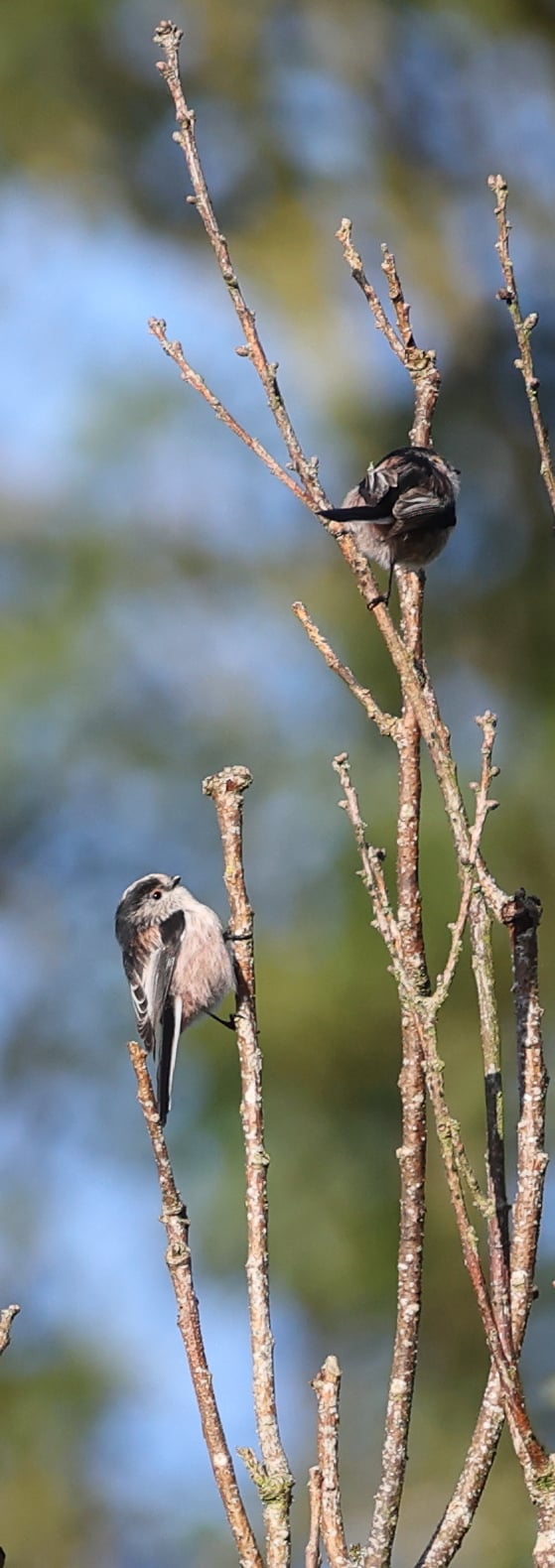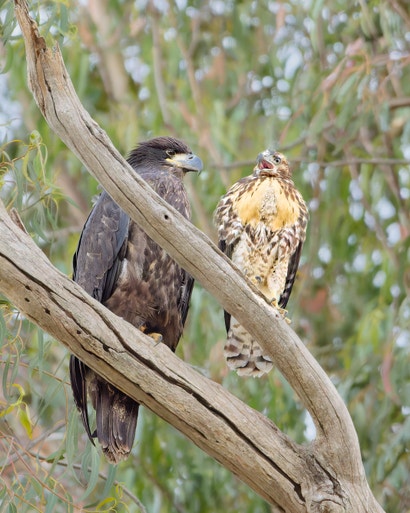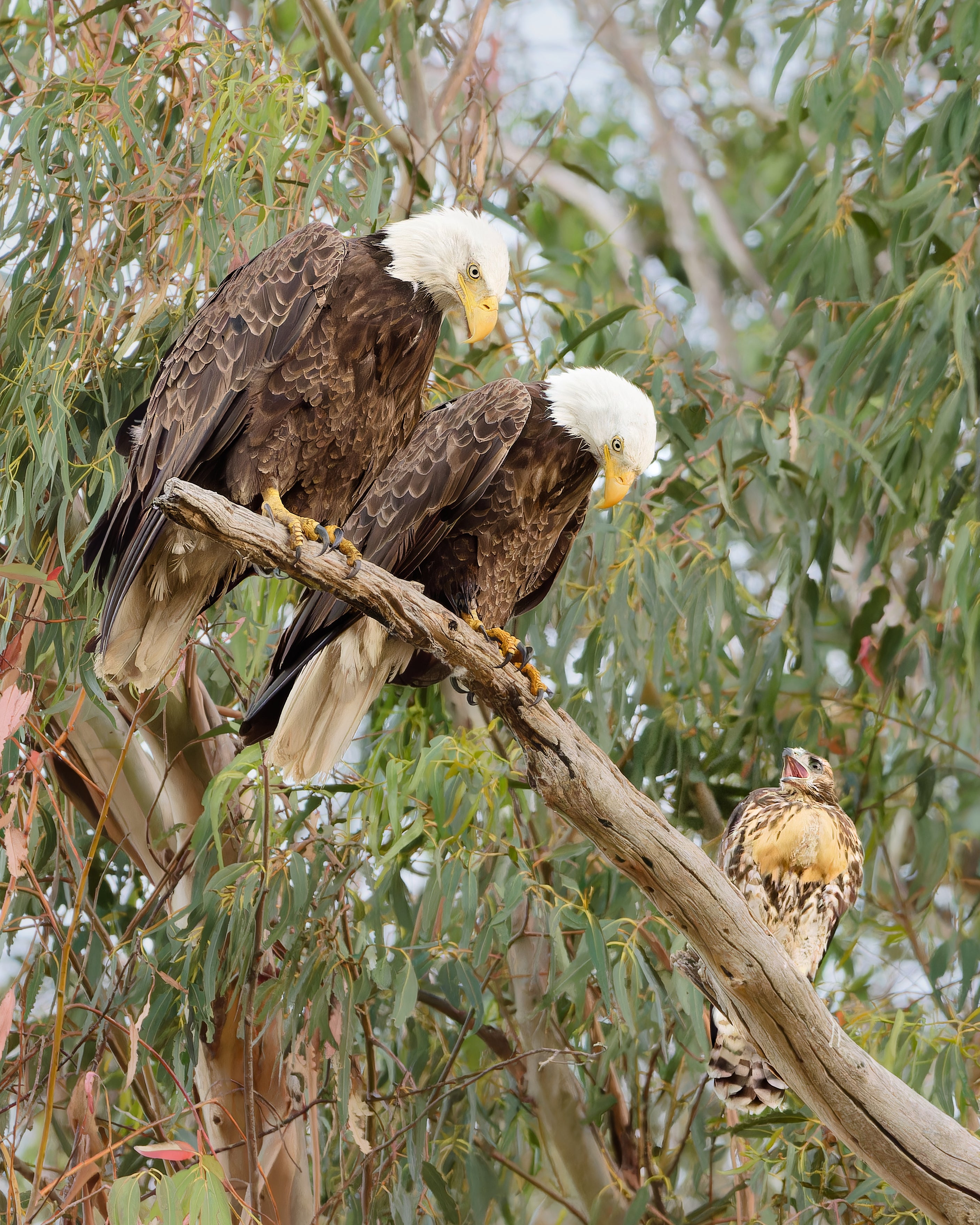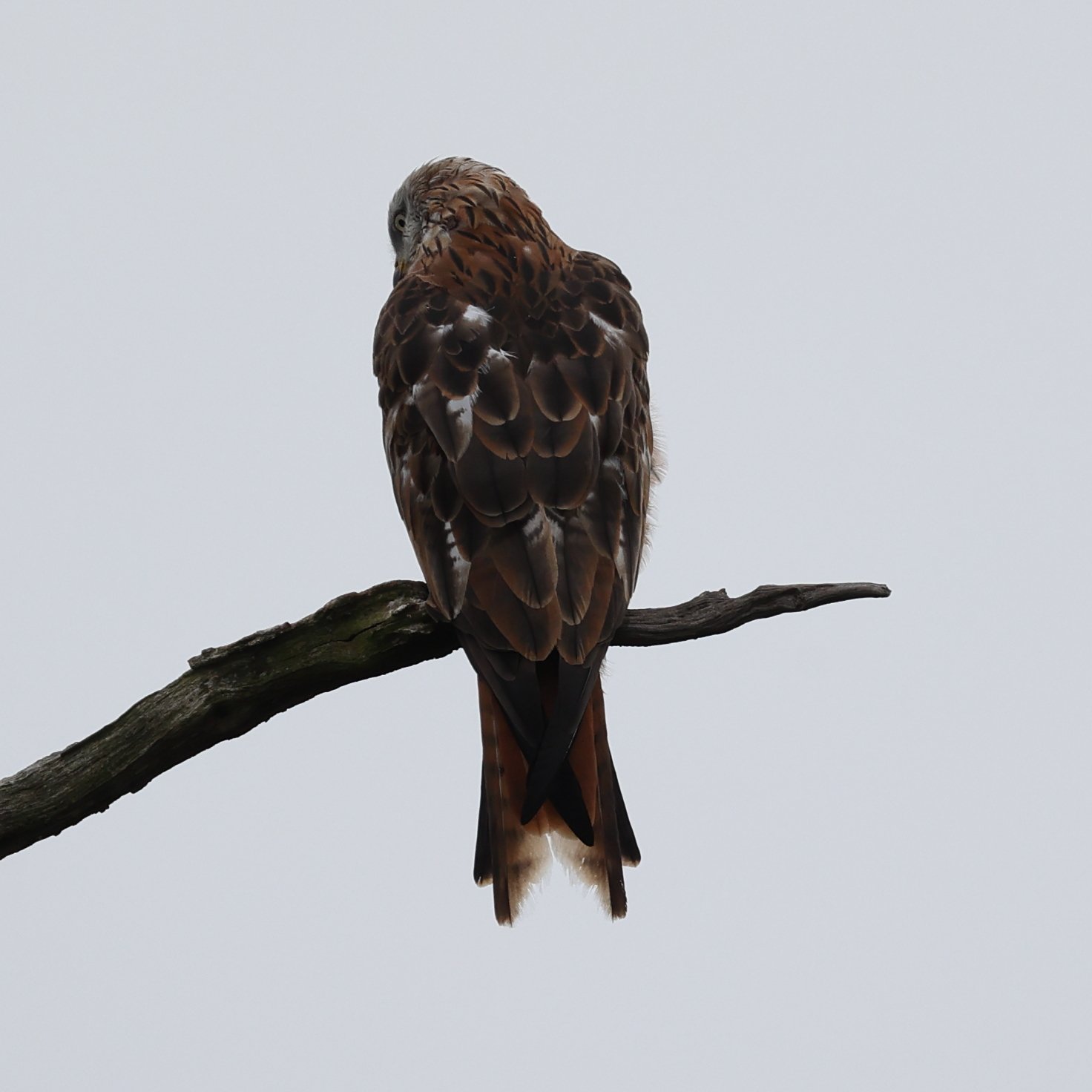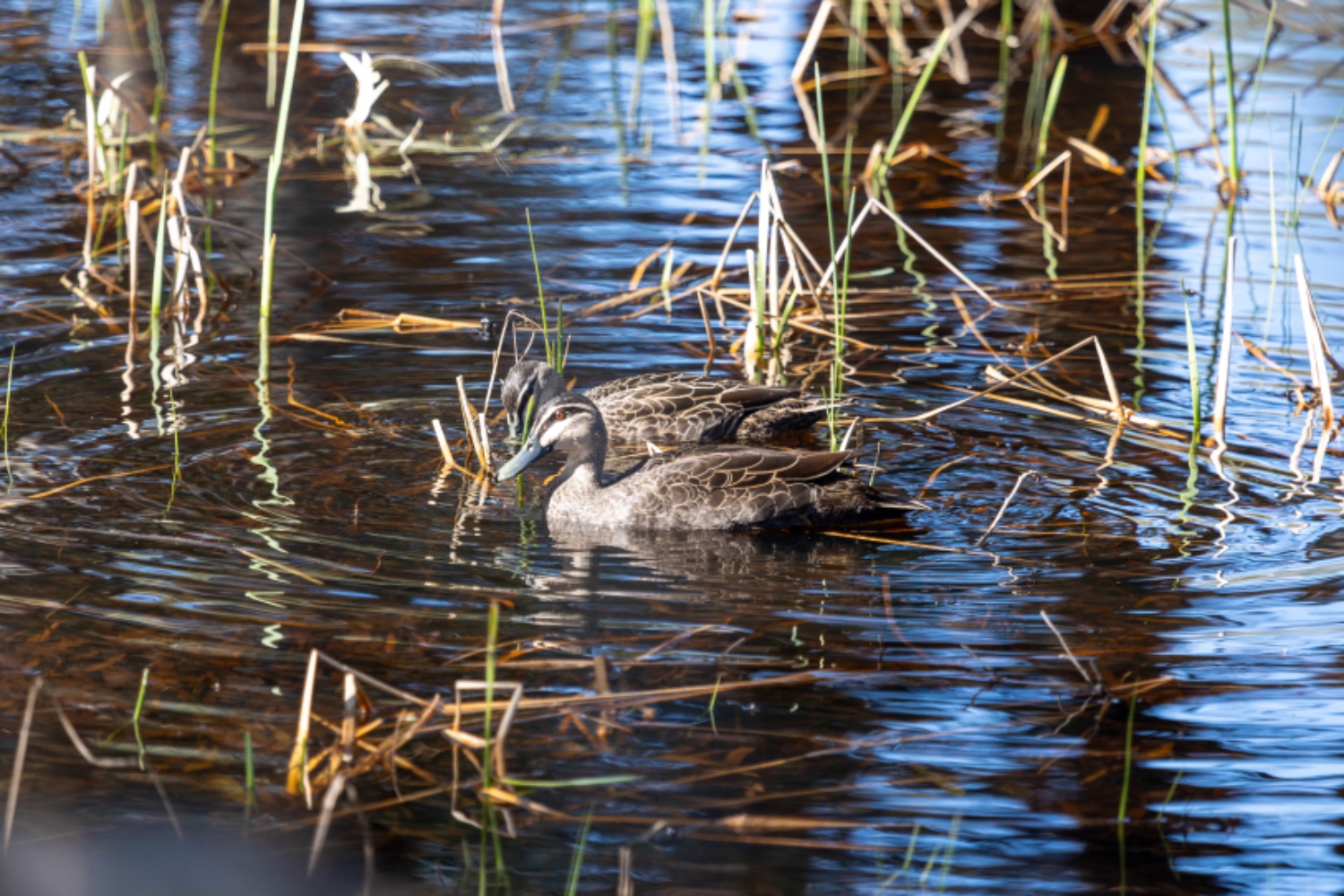birding
3508 readers
100 users here now
A community for people who like birds, birdwatching and birding in general!
Feel free to share your photos and other birding-related content here. If a photo you post isn't yours, please credit the original creator! Additionally, it would be appreciated if the location of the sighting and a date were given when a photo or question is posted. You do not have to give the precise location, something like "Northern Idaho, June 2023" or even "North-Western US, June 2023" suffices.
founded 1 year ago
MODERATORS
1
2
3
4
5
6
7
8
9
10
11
12
53
Carancho (Caracara plancus) - Reserva Ecológica Costanera Sur, Buenos Aires, Argentina - Deciembre 2023
(live.staticflickr.com)
13
14
15
16
102
Great Egret (Ardea alba) - Kedron Brook Wetlands Reserve, Brisbane, Australia - September 2024
(live.staticflickr.com)
17
18
19
20
21
22
23
36
Laughing Kookaburra (Dacelo novaeguineae) - Brisbane Airport, Australia - August 2024
(live.staticflickr.com)
24
25
view more: next ›
